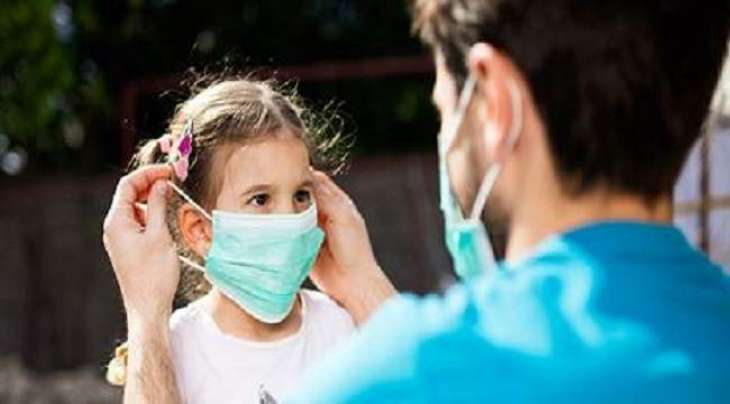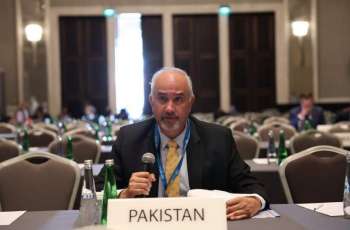Parents of children under six years old should try to put masks on their children, especially during visits to hospitals, as there is the possibility of a link between COVID-19 and a rare but deadly inflammatory disease, dubbed Kawasaki disease, President of the Italian Federation of Pediatricians (FIMP) Paolo Biasci told Sputnik in an interview, adding that the issue still requires further investigation
GENOA (Pakistan Point News / Sputnik - 19th May, 2020) Parents of children under six years old should try to put masks on their children, especially during visits to hospitals, as there is the possibility of a link between COVID-19 and a rare but deadly inflammatory disease, dubbed Kawasaki disease, President of the Italian Federation of Pediatricians (FIMP) Paolo Biasci told Sputnik in an interview, adding that the issue still requires further investigation.
Last week, a team of Italian researchers published a study in the peer-reviewed journal, Lancet, claiming that it had detected a correlation between the coronavirus and a severe form of Kawasaki disease in children in the northern Italian province of Bergamo, the country's most affected region.
Italy is now in the so-called Phase Two of the emergency, which is a gradual return to normal life. In this stage, children under six years old are exempt from wearing face masks.
"The direct relation to COVID-19 needs further investigation because not all [Kawasaki] cases were [COVID-19] positive, and there are certainly more cases that have not been registered and that are not positive to COVID test," Biasci said.
According to Biasci, the Italian federation of pediatricians is concerned about the issue and that the Kawasaki-like syndrome is not the same as the Kawasaki disease itself, but rather a complication that might have been caused by COVID-19, causing symptoms like vasculitis, which is a strong inflammation of all the blood vessels), together with a fever and skin rash.
"The youngest children under 5 - 6 years old," Biasci said, asked children of what age are mostly at risk. It is clear that it is difficult to make a child between 3 and 6 years old to wear a mask. However it does not mean that there are no such young children who will not tolerate wearing a mask," Biasci said.
The pediatrician called upon parents to be cautious, even though there have been media reports claiming that children do not get infected by COVID-19. He stressed that children fell ill less than adults during the acute phase in percentage, yet the number of child tests has also been much less in percentage than those of adults.
"As for the advice for parents, apart from being cautious, it is to keep social distancing and to make children even under 6 years old to wear masks, perhaps when they access clinics. We also recommend having a mask in the waiting rooms," Biasci continued.
Even more caution might be needed in September when schools and kindergartens are going to be open.
"We will perhaps be able to monitor the situation better because with the reopening of schools many children will get ill and we know very well that pediatricians will have to ask for many more tests because we cannot determine the disease by symptoms only," Biasci said.
If there is a correlation between Kawasaki and COVID-19, a differential diagnosis is quite difficult, the pediatrician explained, because it is still unknown what causes the Kawasaki disease itself.
The study that was published in Italy last week reported a monthly incidence of Kawasaki-like disease cases in the Bergamo province at least 30 times greater than the monthly incidence of the previous 5 years and claimed there was a "clear starting point" after the first case of COVID-19 was diagnosed in the area.
Over the past weeks, several countries, including the United States, the United Kingdom, Germany, Spain and Switzerland, have reported a new inflammatory disease spreading and resembling the Kawasaki disease that mostly affects young children and causes heart and kidney failure.




